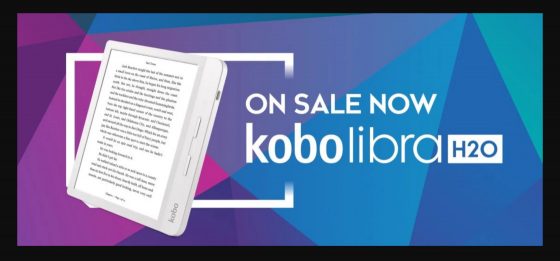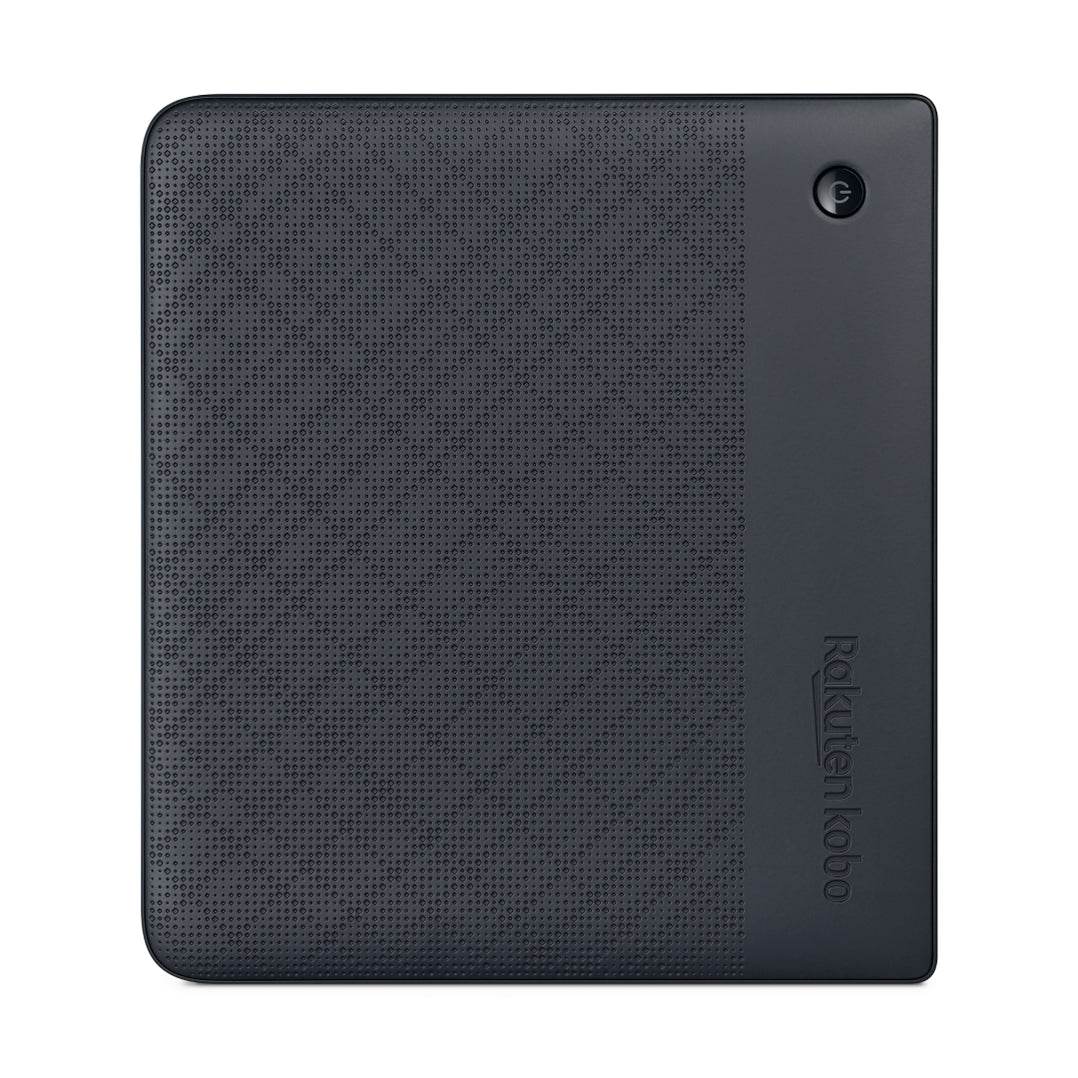
The SleepCover, which is available in Poppy Red, Slate Blue, Lavender, or black, is both functional and cute. The Libra 2 is comfortable to hold in the hand. The back honestly didn’t factor into my testing experience all that much, though, because I’ve fallen hard for the Libra 2’s flagship accessory: the SleepCover. The back of the Libra 2 is identical to the H2O: a matte, slip-proof pattern of dots that, while definitely not book-like, feels natural enough in the hand. The overall experience is a little closer to what you’d expect from a non-E Ink touchscreen. The same goes for navigating the Kobo store and highlighting passages.

Flipping pages with both the physical buttons and touch gestures is just a little smoother. This came as a pleasant surprise to me, because I always found the original Libra’s screen to already be pretty fast. The screen’s speed boost is noticeable next to the first Libra. Poolside and bathtub reading shouldn’t present any issues at all. You can submerge it in up to two meters of water before running into any issues. The good news is that, despite not having any covering on the screen, the Libra 2 has an IPX8 waterproof rating. This won’t be a problem if you’re a pristine reader, but I suspect most people want to use their e-reader in a wide variety of circumstances - some of which are, yes, messy. Crumbs, sand, and other debris are much more likely to end up stuck between the screen and the bezels. This choice, coupled with the screen’s slight depression, saves the front of the Libra 2 from the worst of the Kindle’s glaring fingerprint issues. There’s no plastic covering the screen at all, actually. Kobo has chosen to stick with the same front design as the first Libra, with the touchscreen inset slightly - the exact opposite of the Kindle’s full-flush front, where the seams between the screen and the bezels are imperceptible. The Libra 2 sports a 7-inch E Ink Carta 1200 touchscreen, a significant step up in terms of speed over its predecessor. Kobo Libra H2O (left) vs Kobo Libra 2 (right). We only include products that have been independently selected by Input’s editorial team. Input may receive a portion of sales if you purchase a product through a link in this article. It’s this kind of design decision that sets the Libra 2 apart from the rest of the e-reader market.

Rather than fumbling around for a hand-hold (as I found to often be a struggle with the Paperwhite), Kobo has given us the perfect place to hold our electronic books one-handed. This hardware quirk is demonstrative of the Libra 2’s greatest gift to readers. The first thing you’ll notice with the Libra 2 is its asymmetry: the right-side bezel extends outward a few inches to house the device’s physical page-turn buttons.

The hardware is streamlined, yes, but not to the point where all that’s left is a screen. The Libra 2 - the H2O has been dropped from its name - looks nothing like its cousin the Kindle Paperwhite. The Libra 2 is just as refreshing, now with adjustments to bring Kobo’s best into the new decade. Kobo’s Libra H2O helped me fall in love with e-readers again after Amazon’s monopolistic practices left an acrid taste in the back of my throat.Īfter feeling cornered by Kindles for years, the Libra was a spring of the purest digital water.


 0 kommentar(er)
0 kommentar(er)
